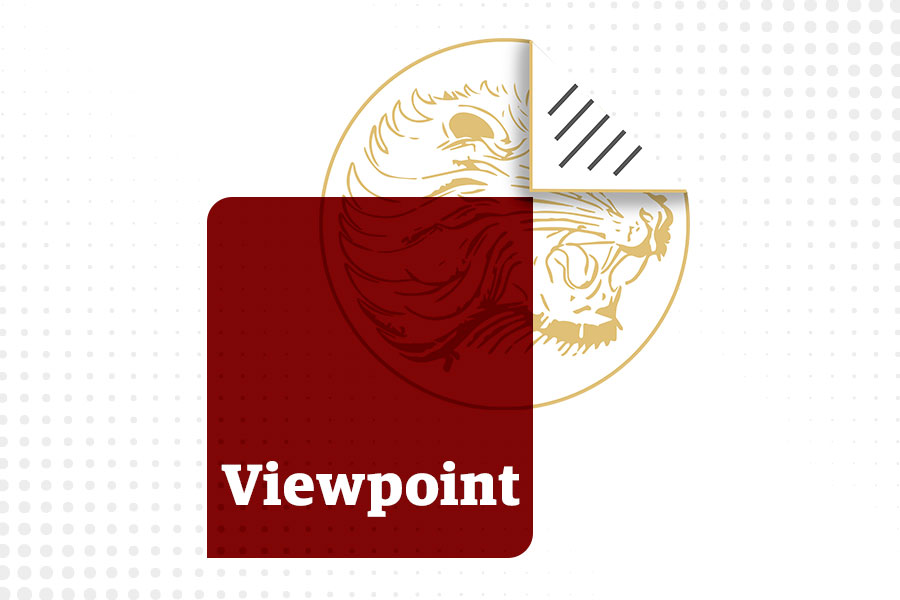
Viewpoints | Apr 10,2021
Aug 12 , 2023
By Jayati Ghosh
In recent years, soaring food prices and the growing frequency and intensity of floods, droughts, and other extreme weather events have prompted warnings of a looming grain shortage, potentially spelling disaster for the world's poorest and most vulnerable populations. Although climate change poses the most significant medium to long-term threat to global food security, Russia's invasion of Ukraine is frequently cited as the immediate cause of the current hunger crisis.
But this is a red herring.
Undoubtedly, the war has disrupted wheat exports from Russia and Ukraine, two of the world's leading producers, throwing critical trade relationships into disarray. Given that Ukraine and Russia previously accounted for more than a quarter of global wheat exports, policymakers and commentators attributed the price surge in early 2022 primarily to supply shortages caused by the conflict.
But while the global wheat price index rose by around 23pc in the months following Russia's invasion, prices began to drop in June 2022. By December, they had returned to pre-war levels. Even when acknowledged, this trend was attributed to the success of the Black Sea Grain Initiative, a United Nations-backed agreement that lifted the Russian blockade of Ukraine's grain exports. Conversely, Russia's recent decision to withdraw from the deal has raised concerns about its potential effects on the global grain trade.
These concerns are misguided for two reasons.
The global wheat supply (total production and the traded amount) has remained steady since the onset of the Ukraine war. The Agricultural Market Information System, administered by the United Nations Food & Agriculture Organization (FAO), incorporates data from the International Grains Council to provide estimates of supply, usage, and trade. Between July 2021 and June 2022 – a period when wheat prices peaked – global production rose by five million tons while trade volumes increased by three million tons. Over the same period, stocks rose slightly (by three million tons).
Most notably, the total wheat supply (defined as production plus opening stocks) exceeded utilization by as much as 275 million tons. This surplus challenges the prevailing narrative of a global shortage. Similarly, global supply is estimated to have exceeded demand between July 2022 and June 2023, suggesting a consistent trend.
Governments and the media tend to emphasize specific regional shortages while overlooking increases in production and trade in other parts of the world. In reality, wheat is produced globally, which means that shortages in one region could be offset by increased production in another.
So, what caused the surge in wheat prices?
To answer this question, we must follow the money. The global grain market operates as an oligopoly, with the four largest grain traders – Archer-Daniels-Midland, Bunge (which recently merged with Viterra), Cargill, and Louis Dreyfus – controlling more than 70pc of the market and Glencore accounting for another 10pc.
In the early stages of the Ukraine war, especially between March and June 2022, the Big Four grain traders reaped record profits and revenues. Cargill's annual revenues were up 23pc, to 165 billion dollars, while Louis Dreyfus's profits soared by 80pc. These gains reflected price hikes not aligned with real-world demand and supply dynamics.
Grain futures markets experienced a flurry of activity between April and June 2022. Financial investors, including pension funds, increased their shares of long positions in the Paris wheat futures market from 23pc in May 2018 to 72pc in April 2022. Ten "momentum-driven" hedge funds reportedly earned 1.9 billion dollars by capitalizing on the food-price surge triggered by Russia's invasion of Ukraine. Instead of preventing or containing such financial manoeuvres, United States and the European Union regulators allowed them to continue unabated.
Surprisingly, most of Ukraine's grain exports did not reach the world's poorest countries. Instead, 81pc of the 32.9 million metric tons exported under the UN initiative went to high-income and upper-middle-income countries, mostly European countries such as Spain, Italy, and the Netherlands, as well as China and Turkey. Low-income countries received three percent of Ukraine's grain exports and nine percent of its wheat (most to Bangladesh). Given that food-importing African countries received only a fraction of these exports, the fears that the deal's breakdown would lead to mass starvation across the continent seem vastly exaggerated.
The UN initiative seems to be more about facilitating exports from Ukraine – a laudable goal in its own right – than about addressing world hunger. In addition to the Russian blockade of its maritime routes, Ukraine's overland routes have been compromised by the implicit import restrictions imposed by Central and Eastern European countries such as Poland, Bulgaria, Hungary, Slovakia, and Romania, which aim to shield struggling local farmers from competitively priced Ukrainian grain. But, as others have pointed out, the UN Initiative primarily serves the interests of the agribusiness giants trading in Ukrainian grain and the financiers backing them.
While global hunger has surged in recent years, it is not because of a grain shortage. Instead, plummeting exports, dwindling foreign-exchange revenues, capital flight, and higher debt-servicing costs have diminished many countries' ability to import foodstuffs.
To address these challenges, we must shift our focus. Rather than distribute grain as a charity, global policymakers must mitigate impoverished countries' foreign-exchange vulnerabilities and take measures to support increased domestic and regional production of essential food items. We can still win the fight against global hunger, but only if we recognize the real causes of our current predicament.
This article was provided by Project Syndicate (PS).
PUBLISHED ON
Aug 12,2023 [ VOL
24 , NO
1215]

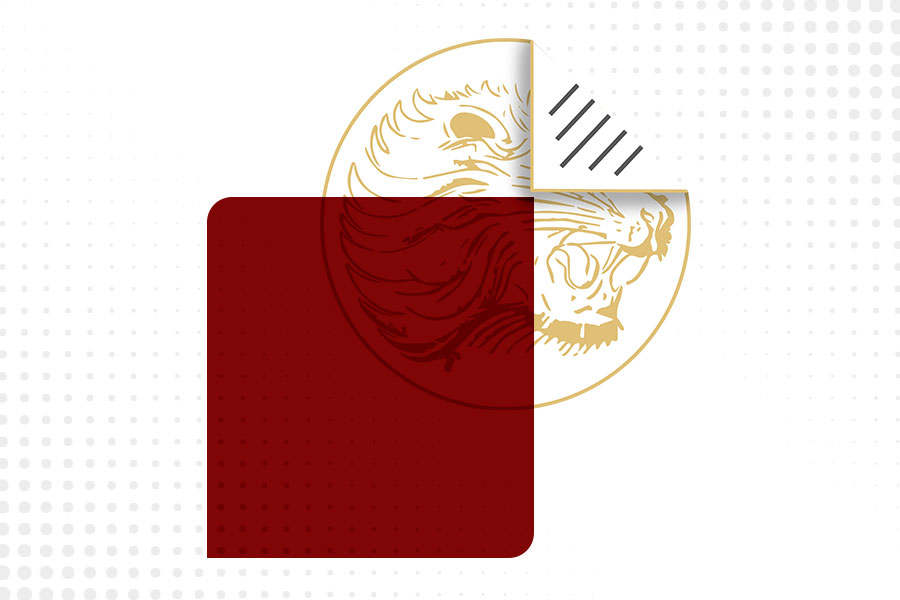
Radar | Mar 16,2024
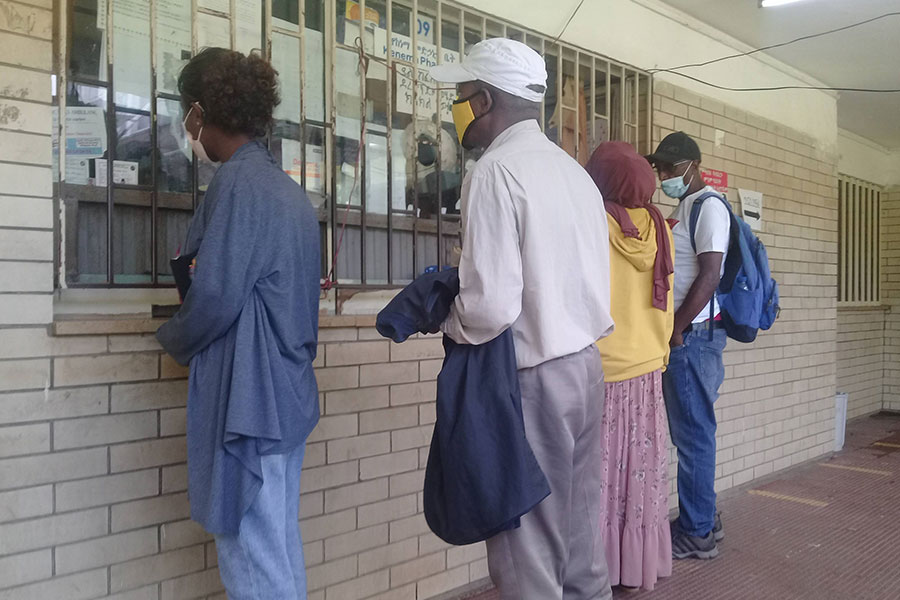
Agenda | Mar 26,2022

Viewpoints | Nov 30,2024

Viewpoints | Apr 25,2020

Commentaries | Sep 13,2025

Photo Gallery | 180187 Views | May 06,2019

Photo Gallery | 170383 Views | Apr 26,2019

Photo Gallery | 161399 Views | Oct 06,2021

My Opinion | 137255 Views | Aug 14,2021

Dec 22 , 2024 . By TIZITA SHEWAFERAW
Charged with transforming colossal state-owned enterprises into modern and competitiv...

Aug 18 , 2024 . By AKSAH ITALO
Although predictable Yonas Zerihun's job in the ride-hailing service is not immune to...

Jul 28 , 2024 . By TIZITA SHEWAFERAW
Unhabitual, perhaps too many, Samuel Gebreyohannes, 38, used to occasionally enjoy a couple of beers at breakfast. However, he recently swit...

Jul 13 , 2024 . By AKSAH ITALO
Investors who rely on tractors, trucks, and field vehicles for commuting, transporting commodities, and f...
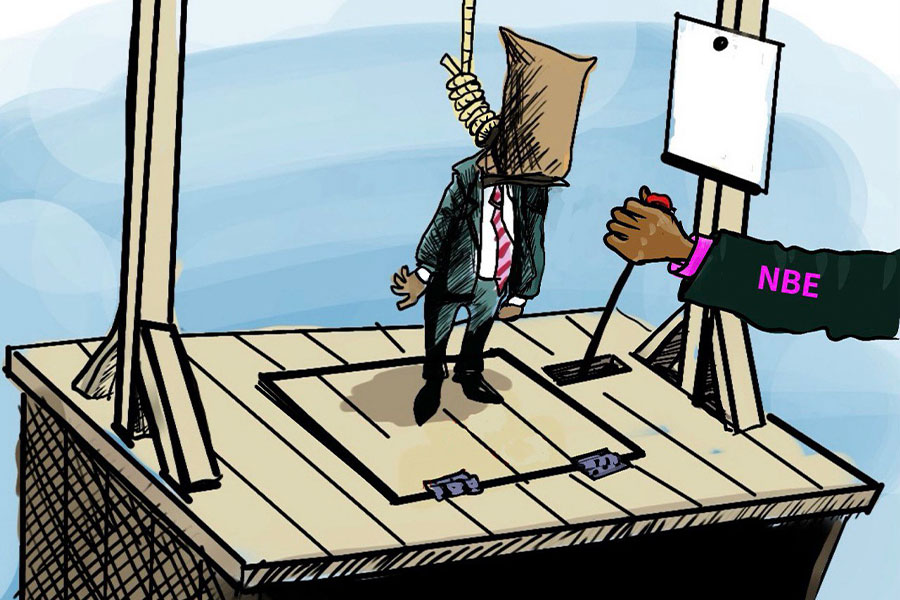
Nov 1 , 2025
The National Bank of Ethiopia (NBE) issued a statement two weeks ago that appeared to...
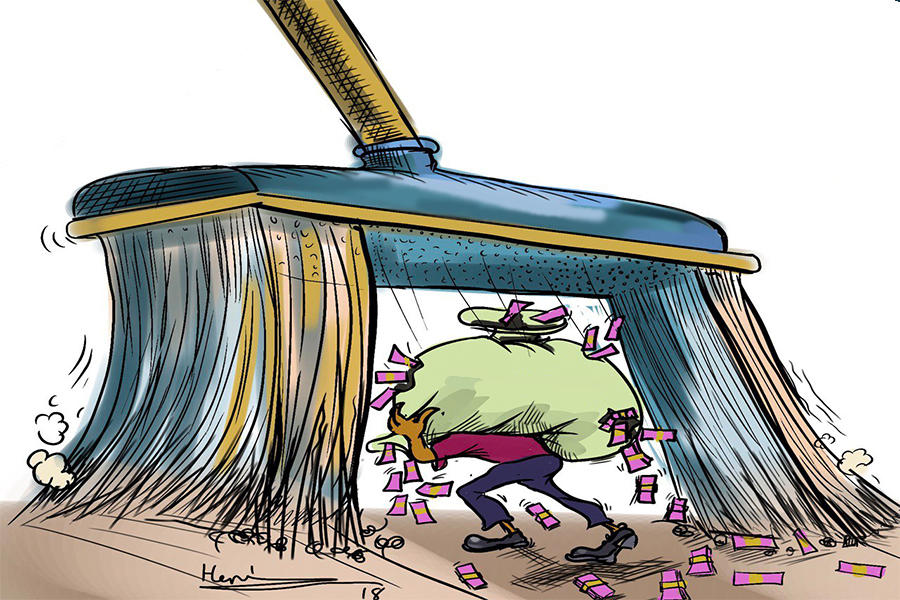
Oct 25 , 2025
The regulatory machinery is on overdrive. In only two years, no fewer than 35 new pro...
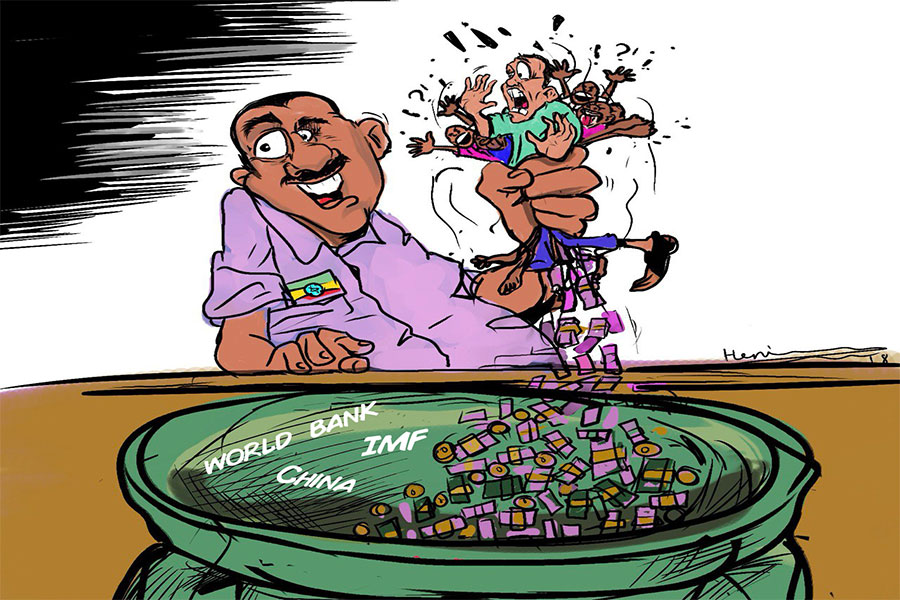
Oct 18 , 2025
The political establishment, notably the ruling party and its top brass, has become p...

Oct 11 , 2025
Ladislas Farago, a roving Associated Press (AP) correspondent, arrived in Ethiopia in...

Nov 2 , 2025
The National Bank of Ethiopia (NBE) has scrapped the credit-growth ceiling that had s...
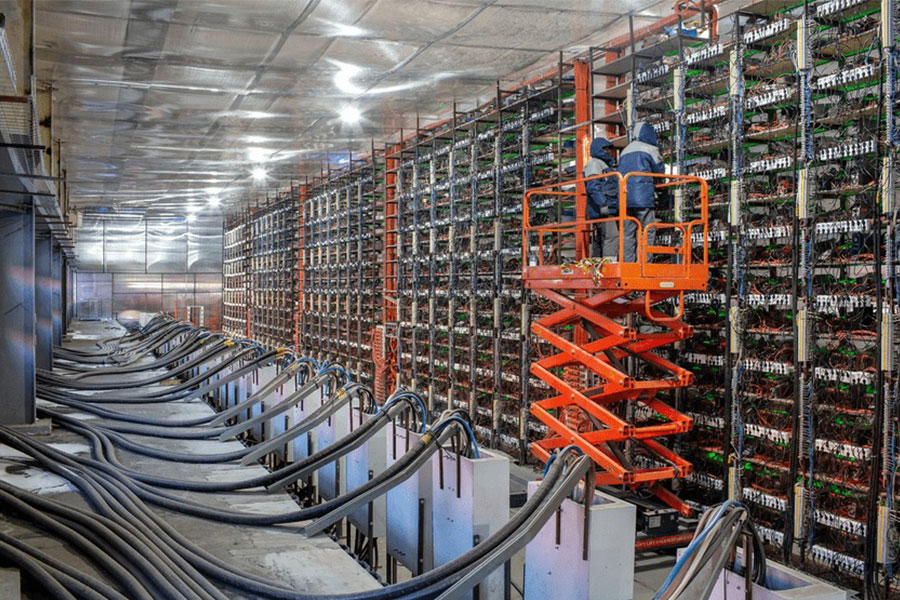
Nov 2 , 2025 . By SURAFEL MULUGETA
The burgeoning data mining industry is struggling with mounting concerns following th...

Nov 2 , 2025 . By YITBAREK GETACHEW
Berhan Bank has chosen a different route in its pursuit of a new headquarters, opting for a transitional building instea...

Nov 2 , 2025 . By BEZAWIT HULUAGER
Nib International Bank S.C. has found itself at the epicentre of a severe governance...